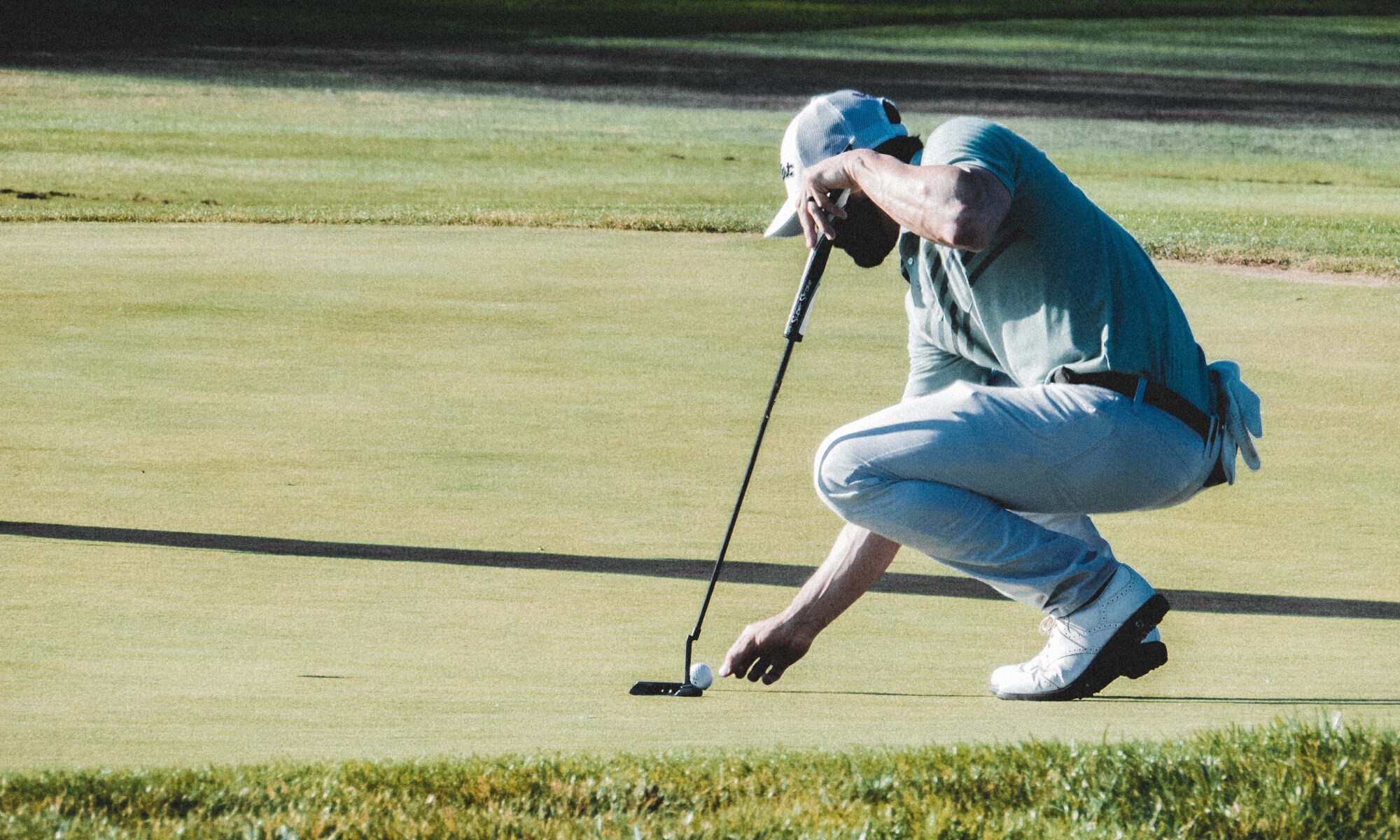Golf For Beginners – Find Golf Schools and Friends to Learn Golf – PGA.com

There are almost too many reasons to list for taking up this great game, but here’s eight of them to get you started:
- Connections Abound – Golf’s a relationship game. Every angle of the sport is rooted in relationships—both personal and business. And your time spent in and around the game allows you to make connections and foster relationships through shared experiences that you wouldn’t otherwise make.
- “Grass Ceiling” No More – Tired of being excluded from the informal networks your colleagues, especially the guys, are building on the course and then leveraging for career advancement? Grass ceiling no more, girl. Get in the game. You’ll break down those barriers, and build a network for a lifetime.
- The Great Outdoors – In this high-tech generation of being chained to our mobile devices while doing more with less at the office, who couldn’t use a little more time outside in the fresh air? Can’t you just hear your mom saying, “Go outside and play!”? Mom knows best, especially when it comes to what a little fresh air can do to boost your mind, body and spirit.
- Calorie Burn – Who couldn’t use a little extra off? You’ll burn approximately 2,000 calories during an 18-hole round (while walking and carrying your clubs) or even 1,300 calories when riding a golf car as you play!
- Your Wardrobe Awaits – Forget about the stodgy, starchy, boxy and, yes, tacky golf shirts of days gone by. Cute, fashion-forward, sexy, professional, sporty; whatever look you’re going for on the course, the fashion world is your oyster in golf. Oh, and the shoes! One word. Love.
- Your Significant Other – Golf is such a special sport to share with a spouse or partner. You’ll leave the world behind and be together, undisrupted in a beautiful setting where nothing else matters but the two of you. Fun and closeness are sure to result. (And don’t fret if you don’t currently have a significant other, many happy couples are known to have met on the golf course.)
- Destinations Await – Around the corner or even the globe, golf travel can take you to stunning locations all over the world.
- That One Shot – There’s no way to do justice to describing the feeling of pure exhilaration you’ll experience the first time you connect your golf club with that little white ball. There’s really nothing like it! You can do it…And you’ll never forget it! Believe me, it will keep you coming back to the game you love!
So, no more FOMO…Get Golf Ready today!




